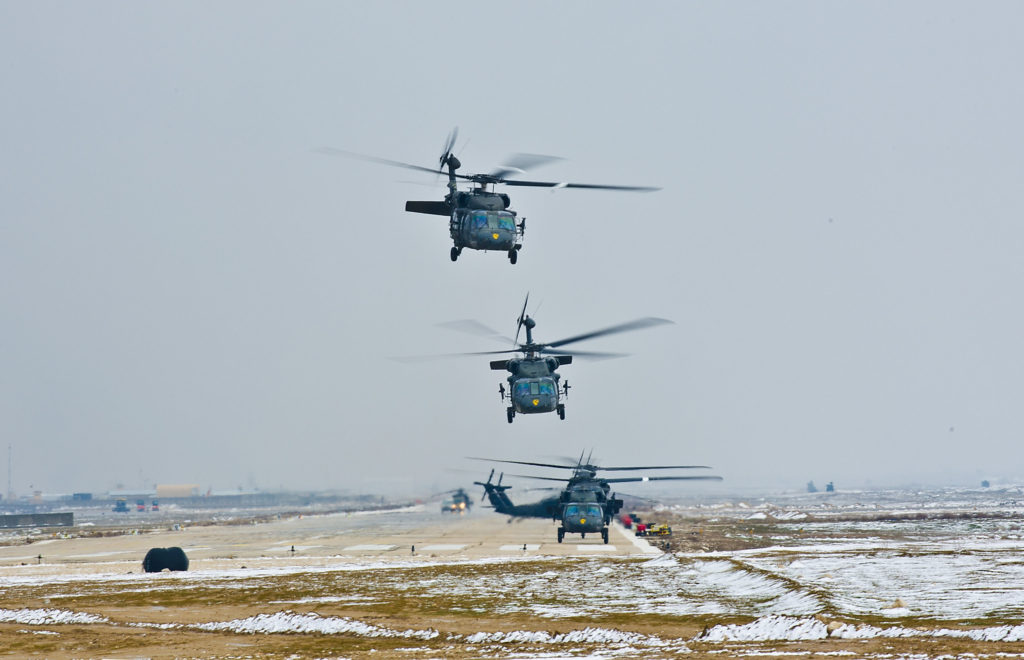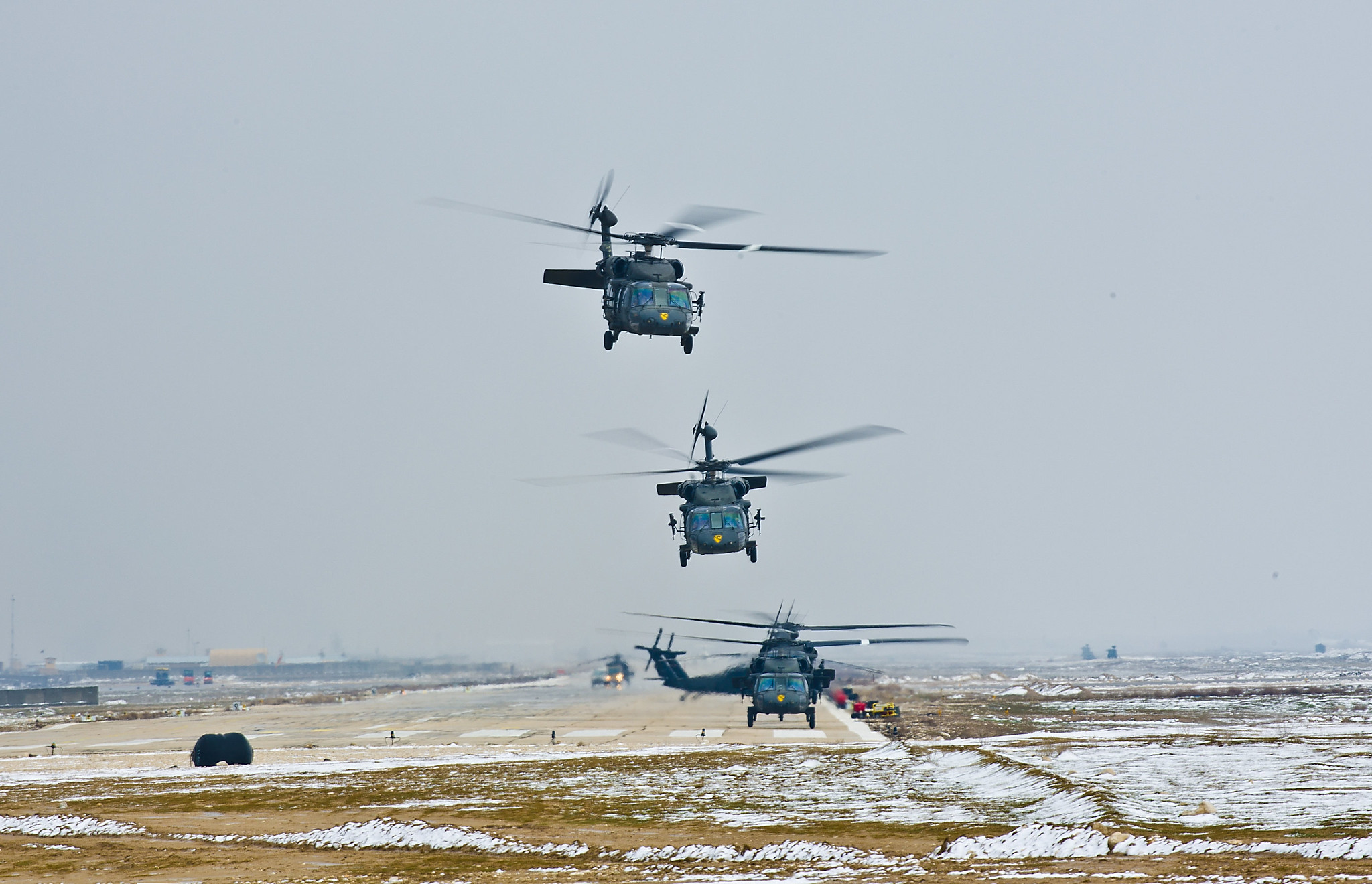

Topic Objective
Develop a high-fidelity real-time risk assessment tool for hypersonic testing to analyze test mission missile flight debris paths in different configurations (direction, velocity, altitudes) so as to predict the impact zone and ensure the safety of infrastructure and people surrounding the White Sands Missile Range.
Description
White Sands Missile Range needs to enhance public safety with a high-fidelity real-time flight safety risk assessment modeling tool (RAMoT) that will be used to analyze the risk of proposed airborne missile test missions. The model will quantify in a variety of different missile debris path configurations the vulnerability models used to reduce risk in WSMR-adjacent populations. This tool is required to handle the modern next generation calculations that are required for airborne hypersonic weapons in order to maintain proper Flight Safety Analysis processes.
RAMoT should be a single, comprehensive, government-owned Flight Safety Analysis computing tool that relies heavily on software development and can take full advantage of modern computing power to determine risk levels with high fidelity. Risk analysis for the purposes of Flight Safety management is a time-intensive process which requires the capability to generate, interpret, and analyze large quantities of data.
RAMoT requires advanced computational models that can give accurate estimates of vulnerabilities based on physical models rather than engineering estimates. As part of their flight safety analyst duties, operators are required to analyze risk for the missions being conducted on the range for a wide variety of programs involving many different configurations for missile flight debris path. The wide variety of missile types, trajectories, and flight termination systems requires detailed analysis for each mission, where the operator must accurately quantify the risk to both adjacent populations and property. In order to quantify the risk, the operator must be able to determine the vulnerability of things such as building, houses, aircraft, and unsheltered persons. Historically the vulnerability models have been based on empirical data or engineering estimates that can overstate or understate the associated risk. The intent of RAMoT is to provide accurate vulnerability models, more precisely quantify risk, and reduce the uncertainty associated with WSMR’s current empirical processes, giving operators more confidence in the analysis.
RAMoT is a Flight Safety requirement that should act as a next-generation one-stop-shop tool that supports the entire Flight Safety Analysis process. This process broadly consists of four steps: loading and extracting data, simulating vehicle behavior, trapping of state vectors, and risk analysis. Each step requires the generation or the processing of many (up to tens or hundreds of thousands) of trajectories.
Phase I
In RAMoT Phase I, a six-month study is proposed for determining the scientific and technical merit and Feasibility.
Phase II
This phase will further develop the first phase, in which awards shall be made on the scientific, technical, and commercial merit of the Phase II proposal. Phase II is the principal research and development effort and is expected to produce a well-defined deliverable prototype. This Phase is expected to be a 1-year Phase.
Phase III
This phase intends to provide product/commercialization of Phase II prototype in which Department of Defense (DoD) and/or commercial Applications of SBIR/STTR-funded R&D are developed. This Phase is expected to be a one-year phase.
Submission Information
To submit full proposal packages, and for more information, visit the DSIP Portal.

References:
Topic Objective
Develop a high-fidelity real-time risk assessment tool for hypersonic testing to analyze test mission missile flight debris paths in different configurations (direction, velocity, altitudes) so as to predict the impact zone and ensure the safety of infrastructure and people surrounding the White Sands Missile Range.
Description
White Sands Missile Range needs to enhance public safety with a high-fidelity real-time flight safety risk assessment modeling tool (RAMoT) that will be used to analyze the risk of proposed airborne missile test missions. The model will quantify in a variety of different missile debris path configurations the vulnerability models used to reduce risk in WSMR-adjacent populations. This tool is required to handle the modern next generation calculations that are required for airborne hypersonic weapons in order to maintain proper Flight Safety Analysis processes.
RAMoT should be a single, comprehensive, government-owned Flight Safety Analysis computing tool that relies heavily on software development and can take full advantage of modern computing power to determine risk levels with high fidelity. Risk analysis for the purposes of Flight Safety management is a time-intensive process which requires the capability to generate, interpret, and analyze large quantities of data.
RAMoT requires advanced computational models that can give accurate estimates of vulnerabilities based on physical models rather than engineering estimates. As part of their flight safety analyst duties, operators are required to analyze risk for the missions being conducted on the range for a wide variety of programs involving many different configurations for missile flight debris path. The wide variety of missile types, trajectories, and flight termination systems requires detailed analysis for each mission, where the operator must accurately quantify the risk to both adjacent populations and property. In order to quantify the risk, the operator must be able to determine the vulnerability of things such as building, houses, aircraft, and unsheltered persons. Historically the vulnerability models have been based on empirical data or engineering estimates that can overstate or understate the associated risk. The intent of RAMoT is to provide accurate vulnerability models, more precisely quantify risk, and reduce the uncertainty associated with WSMR’s current empirical processes, giving operators more confidence in the analysis.
RAMoT is a Flight Safety requirement that should act as a next-generation one-stop-shop tool that supports the entire Flight Safety Analysis process. This process broadly consists of four steps: loading and extracting data, simulating vehicle behavior, trapping of state vectors, and risk analysis. Each step requires the generation or the processing of many (up to tens or hundreds of thousands) of trajectories.
Phase I
In RAMoT Phase I, a six-month study is proposed for determining the scientific and technical merit and Feasibility.
Phase II
This phase will further develop the first phase, in which awards shall be made on the scientific, technical, and commercial merit of the Phase II proposal. Phase II is the principal research and development effort and is expected to produce a well-defined deliverable prototype. This Phase is expected to be a 1-year Phase.
Phase III
This phase intends to provide product/commercialization of Phase II prototype in which Department of Defense (DoD) and/or commercial Applications of SBIR/STTR-funded R&D are developed. This Phase is expected to be a one-year phase.
Submission Information
To submit full proposal packages, and for more information, visit the DSIP Portal.
References:
